There's nothing better than driving around in a freshly washed and detailed car. Unfortunately, sometimes Mother Nature doesn't care that you just spent your time and hard-earned cash giving your car a bath. Instead, she throws mud in your path or even introduces a bird to your windshield. Regardless of the fight you put up with the environment over having a clean car, it's just not practical to give your ride a thorough wash multiple times in the month. For those who still want a shiny, clean car no matter what the circumstances may be, there are plenty of other water-free options.
Here are a few ways to clean your car without washing it.
Clean your windshield
Cleaning your windshield alone can make such a huge difference, especially if it's visibly hazy. Not only is keeping your windshield clear a huge safety factor, but it also makes your car sparkle, which allows you to feel a lot better about its appearance. Taking your car to the gas station to clean your windows is extremely easy, but you can make it even simpler on yourself by keeping glass cleaner in your car. Also, leave a roll of paper towels or a microfiber towel in the trunk for convenience. Edmunds suggested investing in a squeegee for cleaning purposes as well as removing dew from your windshield in the morning.
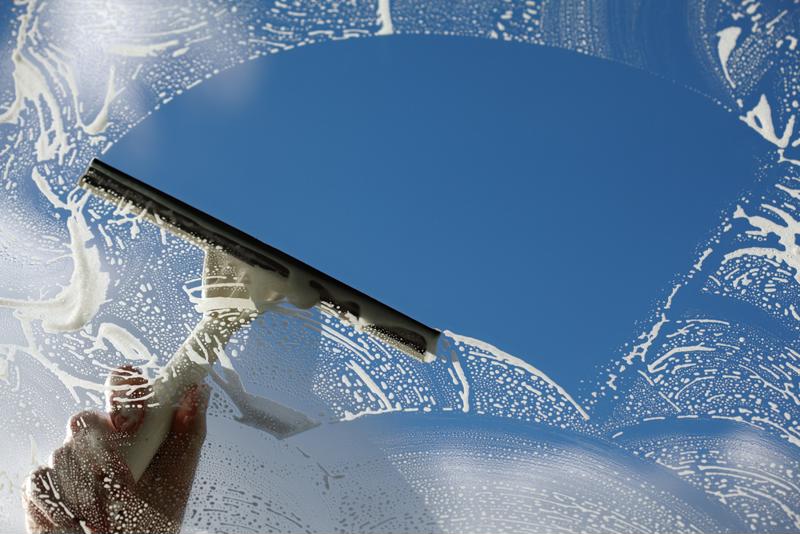 Consider investing in a squeegee for streak-free windshield washing.
Consider investing in a squeegee for streak-free windshield washing.Use a car-cleansing product
If your car's looking spotty but it's not worth giving it a thorough wash, consider trying a car surface cleaner. Bankrate said using a waterless car-wash product is a great way to get your car spotless with minimal time and effort. Liberally spray the cleaner all over your car and use a microfiber towel to wipe away the grime and dirt. Start at the top so the dirt works its way down and falls off the car. Once you have finished the cleanse, wipe the car with a dry towel to get rid of any leftover moisture. Your car will sparkle and shine, casting the illusion that you just came from the car wash.
"Shake up the floor mats for a quick and easy improvement."
Clean up your floor mats
It doesn't matter what season it is – dirt, leaves, gravel and everything in between always seem to find a way onto the floors of your car. If you don't have the time to vacuum out the interior of your vehicle, simply shake out the floor mats into the grass. This is an easy and effective way to make a huge difference in your floor's appearance.
Remove all of the trash
When it comes to keeping your car clean, the interior's look makes an impression, too. Empty out the trash you may be hoarding in your car and leave a small bin or bag in the backseat for future use. This can help minimize how much garbage you leave in your car and can help make space for useful precious cargo. After you've de-cluttered the cabin of your car, Edmunds suggested buying a deodorizer to eliminate any odors left over from the trash. This will also help maximize the feeling of cleanliness.
If you're looking for a high-quality used car to keep clean this season, check out NJ State Auto Auction. There, you'll find a lot full of Carfax-certified vehicles to choose from, giving you plenty of options for finding the perfect car for you.





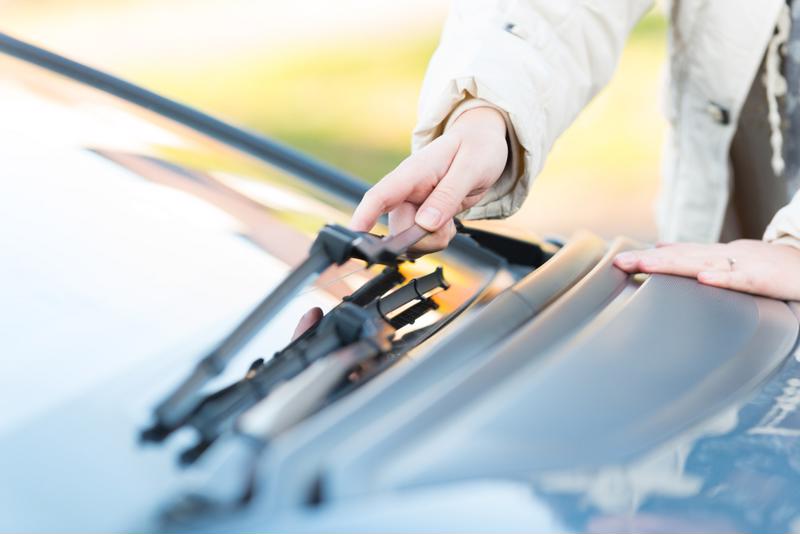 Replacing your own windshield wipers can be a simple, inexpensive task.
Replacing your own windshield wipers can be a simple, inexpensive task. 
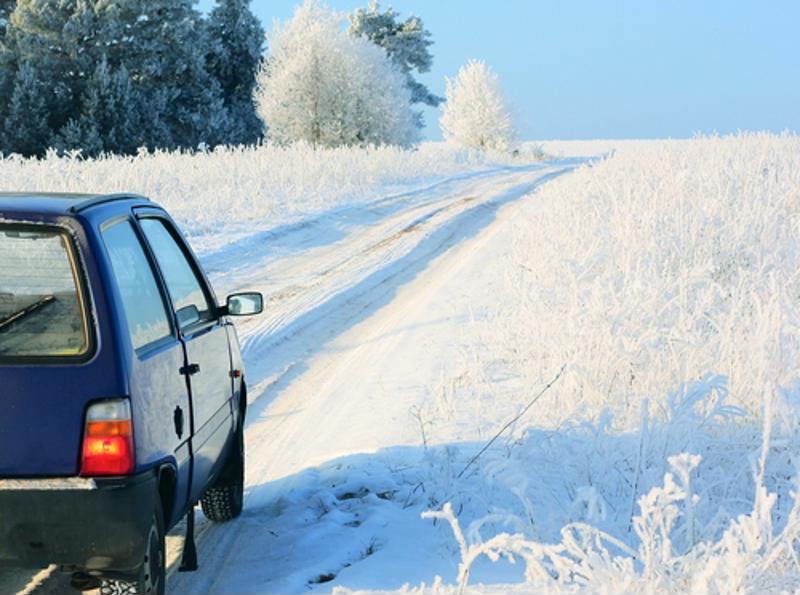 Always prepare yourself for your commute if you know the roads will be slick.
Always prepare yourself for your commute if you know the roads will be slick. 
 Winter tires have maximized traction to help keep you stable on the roads.
Winter tires have maximized traction to help keep you stable on the roads. 
 Drive the speed limit at all times to avoid burning gas too quickly.
Drive the speed limit at all times to avoid burning gas too quickly.
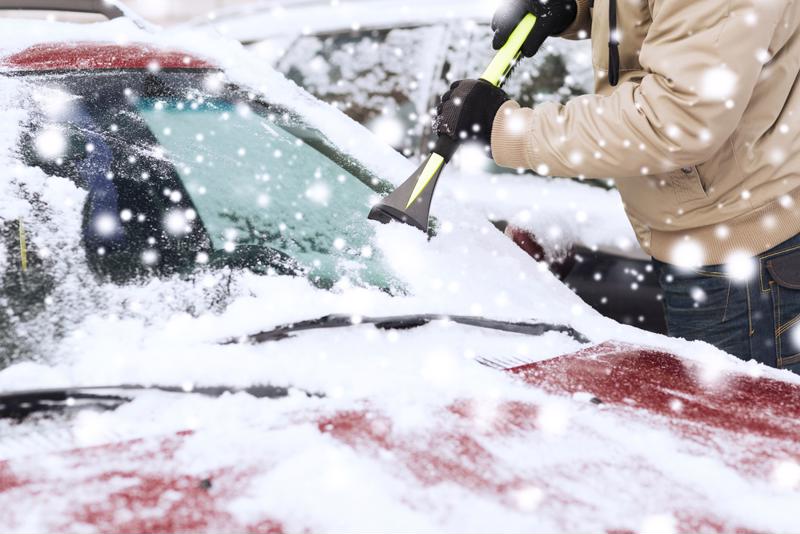 Make sure to put a snow brush and ice scraper in your car before the first snow.
Make sure to put a snow brush and ice scraper in your car before the first snow. 
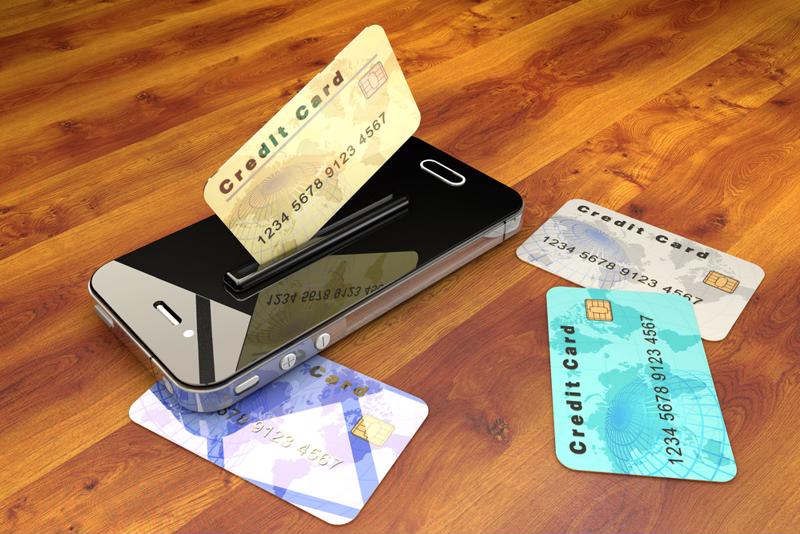 Having multiple credit cards open at once can drop your credit score.
Having multiple credit cards open at once can drop your credit score.
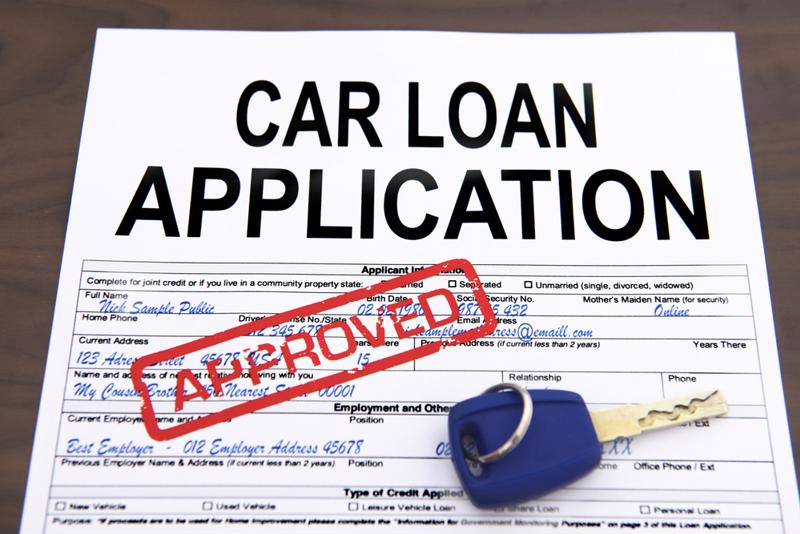 If you want to minimize your car payments, you'll need either a sizable down payment or a decent credit history.
If you want to minimize your car payments, you'll need either a sizable down payment or a decent credit history.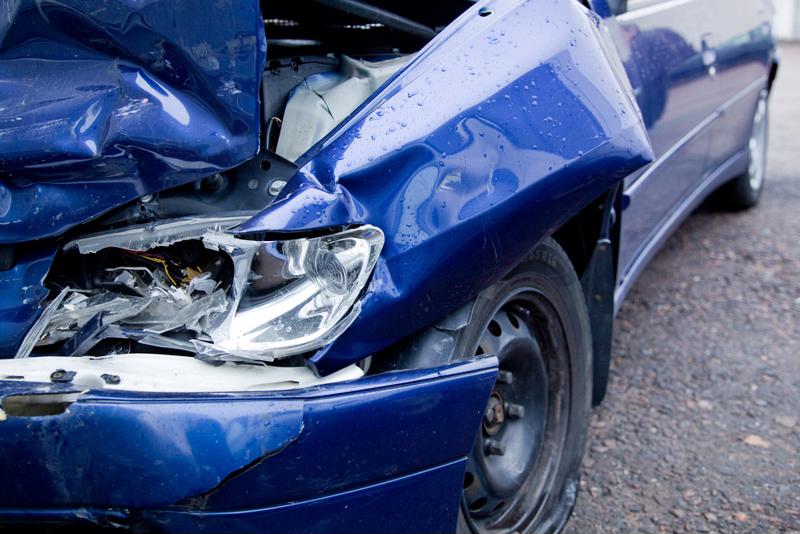 If the car you're looking at has been in an accident in the past, you'll want to know.
If the car you're looking at has been in an accident in the past, you'll want to know.